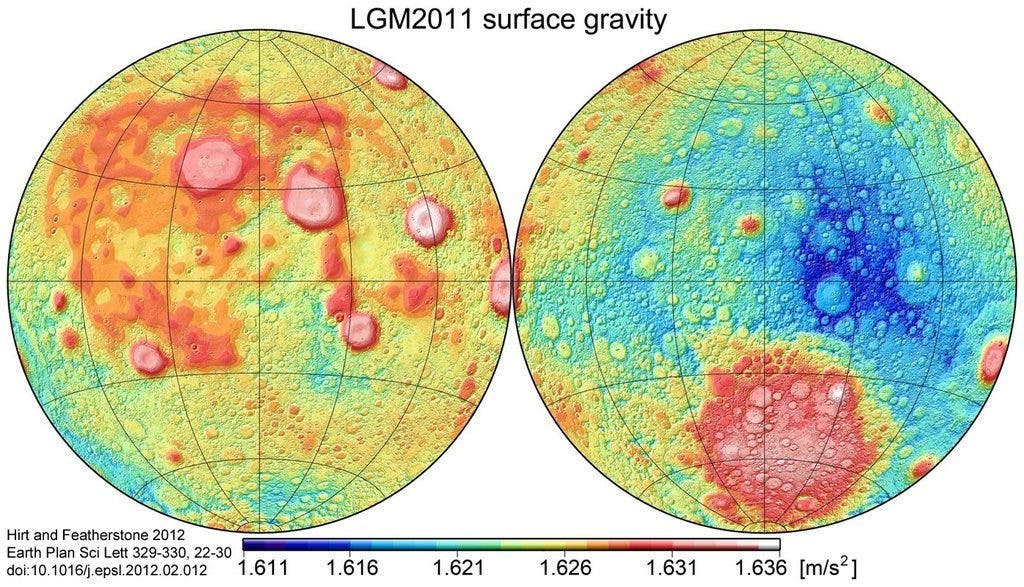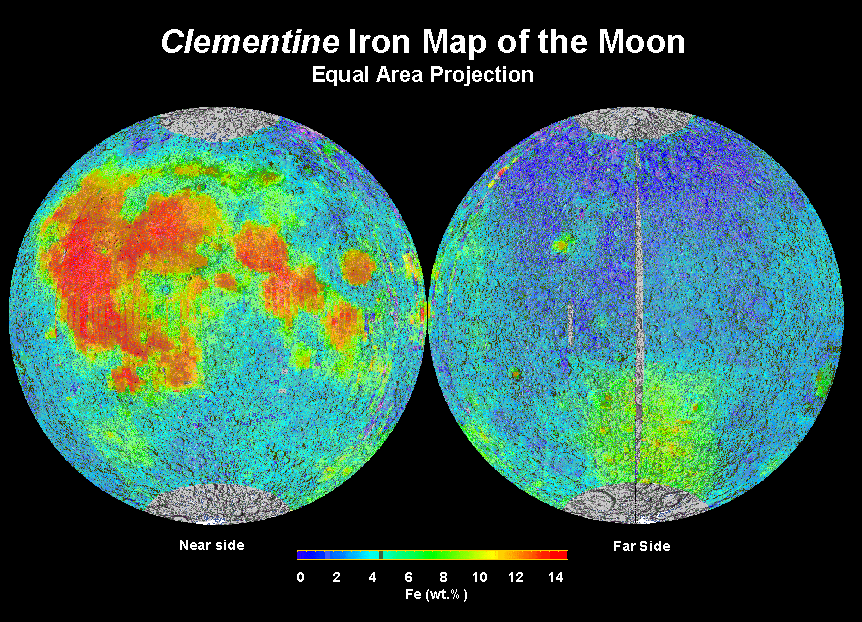As we’ve already posted today, NASA’s GRAIL mission did a great job of mapping out the gravitational features of the Moon. Just as a quick add to that, here’s two maps which I hope you’ll find interesting:


Home → Other → Great Pics
As we’ve already posted today, NASA’s GRAIL mission did a great job of mapping out the gravitational features of the Moon. Just as a quick add to that, here’s two maps which I hope you’ll find interesting:


Dr. Andrei Mihai is a geophysicist and founder of ZME Science. He has a Ph.D. in geophysics and archaeology and has completed courses from prestigious universities (with programs ranging from climate and astronomy to chemistry and geology). He is passionate about making research more accessible to everyone and communicating news and features to a broad audience.